Summer Youth Programs hosted its first writing camp in June. Student writer Lauren Pattok steps into the past with Copper Country Firefighters History Museum in Calumet, Michigan.
In a time before fire extinguishers, fire hydrants or smoke detectors, a single fire could wipe out an entire village. Such was the case with Red Jacket, a copper mining boom town that had nearly two-thirds of it destroyed by a fire in 1870. No one was killed, but families lost their businesses, their homes and most of their belongings. The private firefighting organization hired to protect the village had been unable to control the blaze, so Red Jacket decided to organize a village-run fire department. Today, the fire station built to serve the Red Jacket Fire Department now functions as the Copper Country Firefighters History Museum, allowing visitors a chance to experience firefighting history in an original fire station.
Summer Youth Programs
Summer camp? Sort of . . . but better. Check it out at mtu.edu/syp
The building predates the museum by 92 years. It was built in 1898, amid the copper rush that took place around the turn of the century. Red Jacket, later named Calumet in 1929, used the influx of people and money to fund its village-run fire station. The building was designed by local architect Charles K. Strand and crafted from Jacobsville sandstone quarried 25 miles away and brought to the location by wooden rollers. Once finished, it was 54 feet wide, 83 feet deep and contained six stables. It cost a combined $20,000 to complete the building, which stands as a monument to the profitable nature of copper mining at the time.
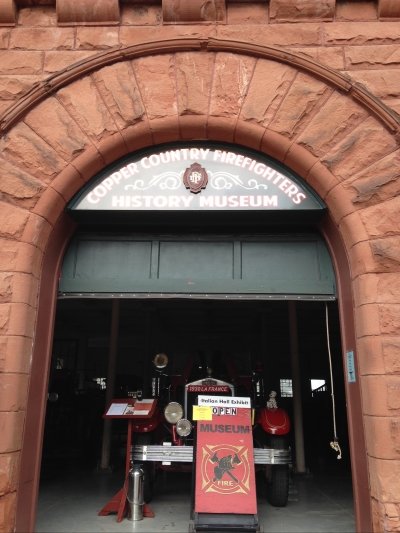
Red Jacket Fire Station still stands today, just as grand as when it first was built. Firefighting operations ceased in the early 1960s after maintaining the building became too expensive. The fire equipment was moved to a new station off of the city hall and the magnificent building was relegated to cold storage. New life came to the station in 1991 when a group of volunteers worked to turn it into a non-profit museum dedicated to the history of firefighting in the Calumet area.
Visitors today can see a collection of antique fire trucks, some of the first mechanized firefighting vehicles to arrive in the Upper Peninsula. The museum also contains firefighting carts and wagons that were pulled by men or horses before the advent of the diesel engine. There are also sled runners which would replace truck wheels after heavy snowfall in a time before the snowplow was used, turning the trucks into horse-drawn sleds. The trucks are arranged in the original garage of the station, just as they might have been when they were used, and are free from any ropes or display cases, allowing visitors to get up close and personal. Ask a staff member for a chance to take a picture from the seat of a 1919 American LaFrance pumper truck used by the Calumet and Hecla Mining Company.
Also scattered throughout the garage are smaller pieces of firefighting equipment, including ladders with spikes on the end used for breaking windows and a bucket from an old fashioned bucket brigade. The bottom of the bucket is rounded in order to use centrifugal force to send the water farther and also to discourage people from running off with firefighter property. Something that won’t be found on the ground floor are the stables that, along with the horses, were removed in the late 1930s, when snow removal equipment made it possible for trucks to use wheels year round. The horses may be gone, but their presence can still be felt when visitors look upward. Metal hatches in the ceiling remain from when hay and oats were dropped into the horses’ mangers from above.
Calumet is known for its Jacobsville sandstone buildings.
Upstairs, visitors will sneak a glimpse into firefighting life from the turn of the century. The museum has rooms decorated as they had been when in use, including a fire chief’s desk, a bedroom complete with a brass fire pole, and a bathroom with a single toilet to be shared among all the live-in firefighters. Various pieces of firefighters’ equipment can be found upstairs, such as boots, oxygen masks and a jump net used to catch people fleeing fires via a second- or third-story window. The recreation room also houses a collection of UP Fireman’s Tournament books and shoulder patches brought in from visiting fire departments.
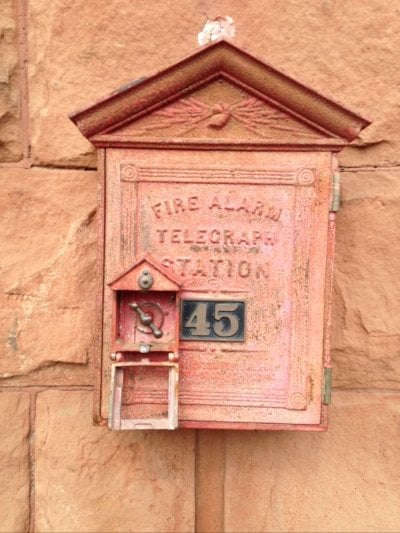
Also upstairs is a room dedicated to the Italian Hall Disaster, a Christmas party that turned to tragedy when striking miners and their families tried to flee the building after hearing that there was a fire. Unique among fire-related catastrophes, the Italian Hall was not actually on fire, but the Red Jacket Fire Station was still involved and the museum has memorialized the role it played. The exhibit contains historical information about the disaster, its causes and its impact, including the text from the fire department’s roll book written after the firefighters responded to the false fire alarm. In the center of the room stand the actual doors that had failed to open and led to the deaths of 73 people. Downstairs is a funeral carriage similar to those used in the aftermath of the disaster and a Michigan Registered Historic Site plaque dedicated to the Italian Hall.
The final piece of Red Jacket Fire Station’s role in the Italian Hall Disaster is actually mounted outside. Fire Alarm Box 45 hangs between the station’s leftmost pedestrian door and garage door. It was used to alert the fire department of the supposed fire in the Italian Hall and still works today, telegraphing a signal to the station’s bell, which rings four times, then five. Back in the day, it would have sent the same signal to bells planted in the homes of firefighters, telling them that they were needed somewhere near Box 45. As far as the staff of the Copper Country Firefighters History Museum are aware, Box 45 is the only remaining fire alarm box left operating.
Michigan Technological University is an R1 public research university founded in 1885 in Houghton, and is home to nearly 7,500 students from more than 60 countries around the world. Consistently ranked among the best universities in the country for return on investment, Michigan's flagship technological university offers more than 185 undergraduate and graduate degree programs in science and technology, engineering, computing, forestry, business, health professions, humanities, mathematics, social sciences, and the arts. The rural campus is situated just miles from Lake Superior in Michigan's Upper Peninsula, offering year-round opportunities for outdoor adventure.
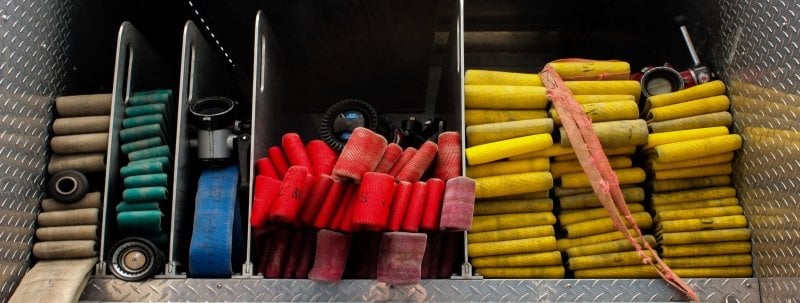
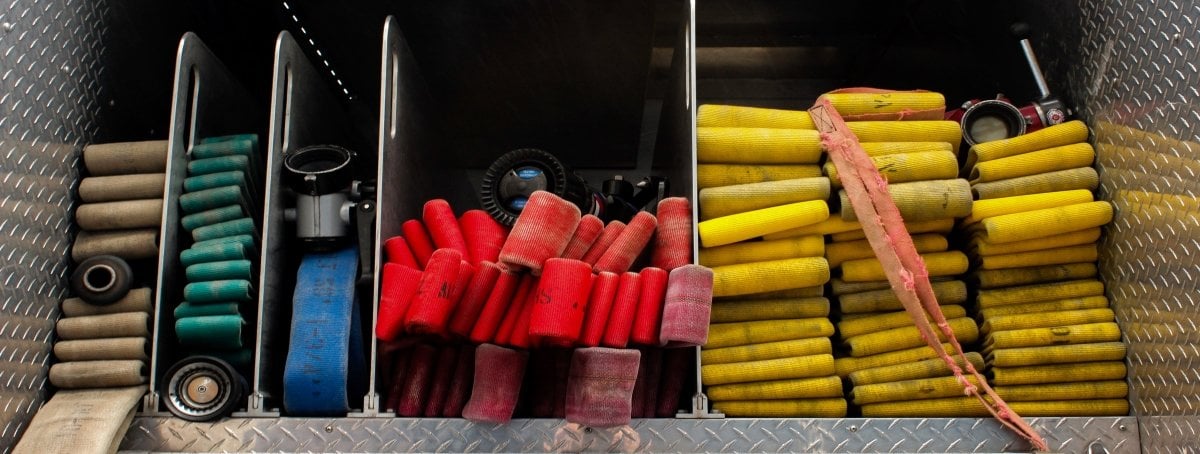

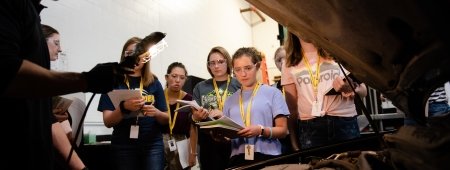


Comments